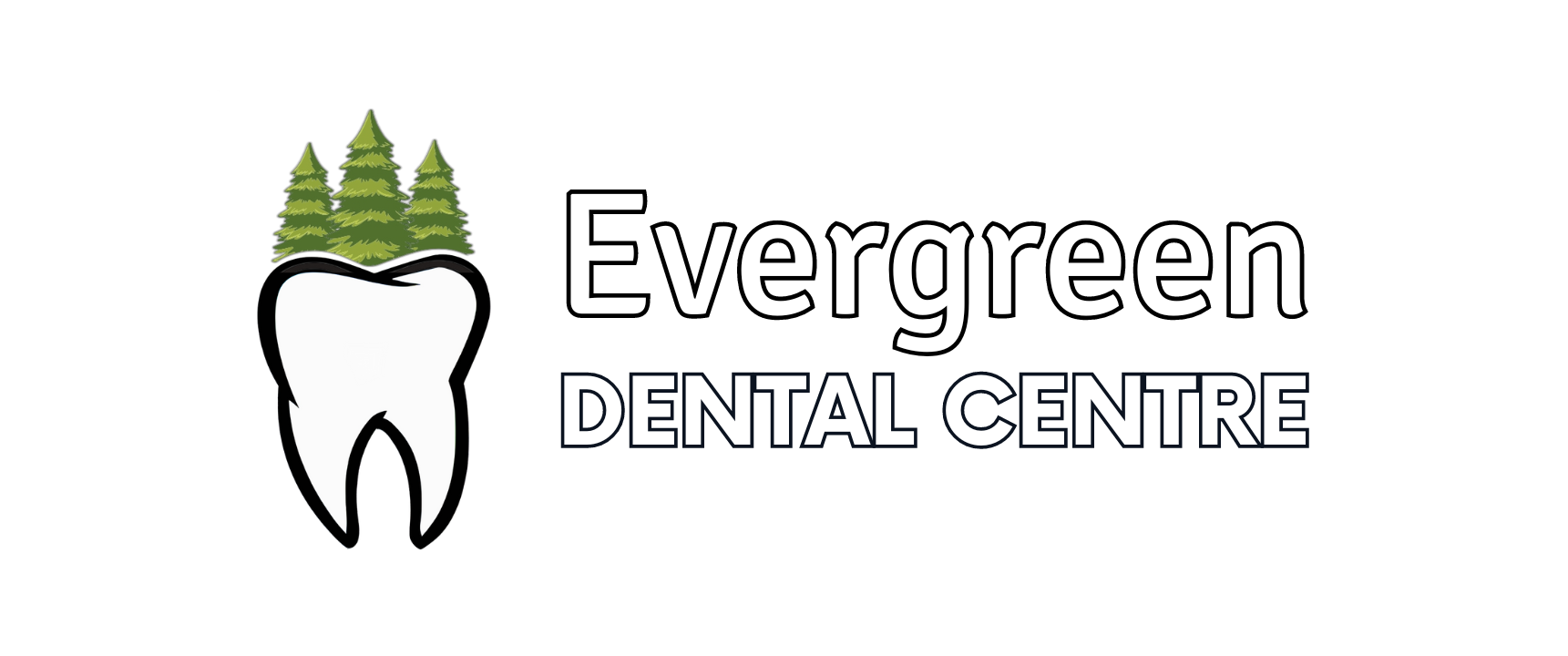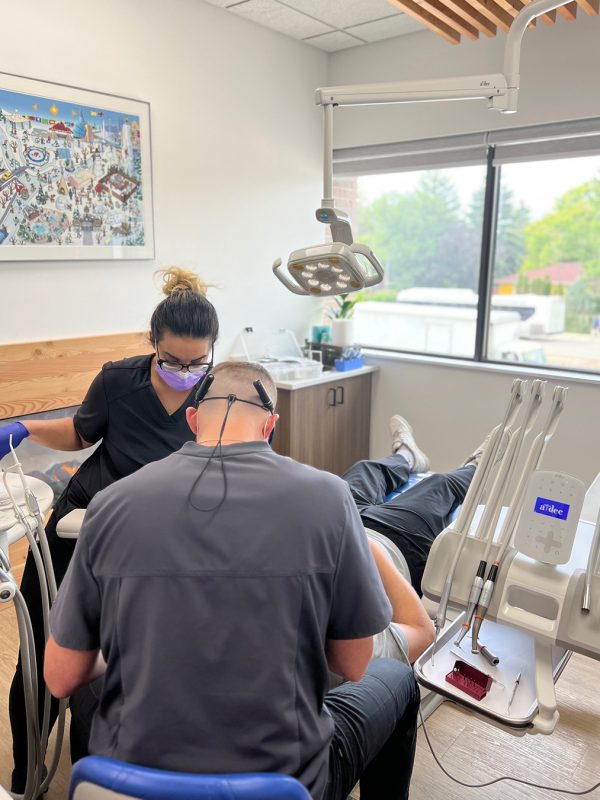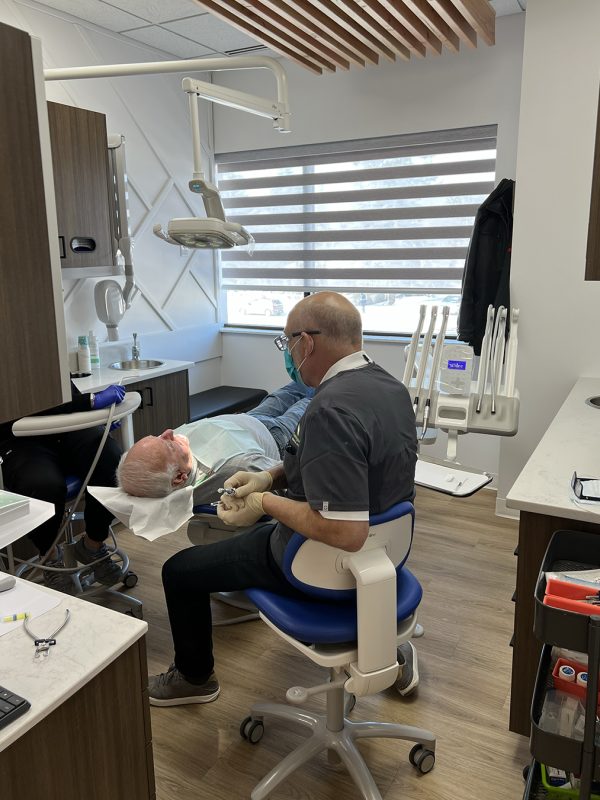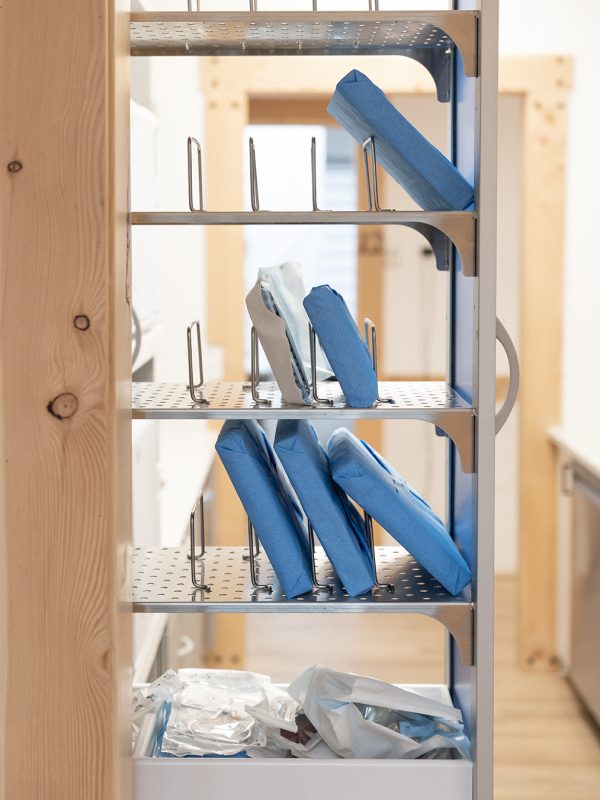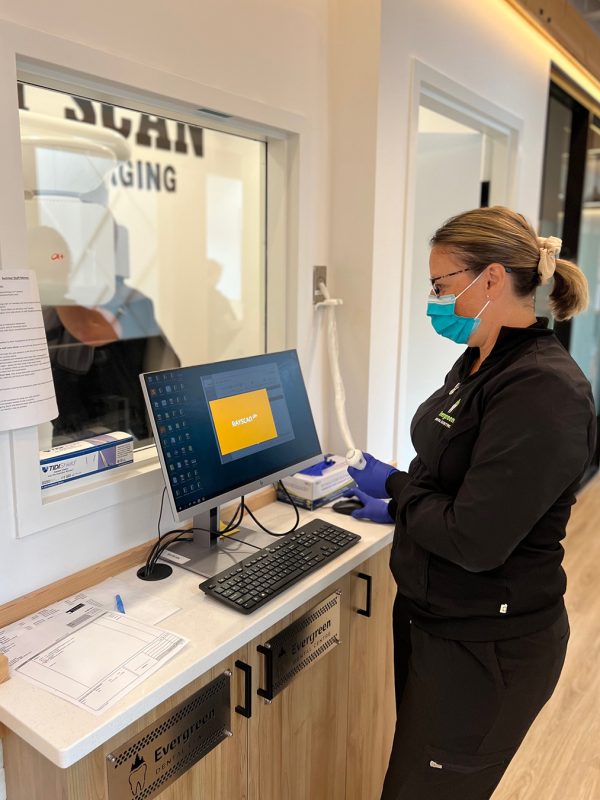Have you ever experienced a sharp sensitivity in your teeth when consuming hot or cold beverages? This could be a sign of dental erosion, a condition that gradually weakens tooth enamel. Unlike other tissues in the body, tooth enamel does not regenerate. Understanding the factors contributing to dental erosion and implementing preventive measures is crucial for maintaining oral health. This article explores in detail the intricacies of dental erosion, covering its causes, symptoms, prevention, and treatment options.
Table of Contents:
- What is Dental Erosion?
- Causes of Dental Erosion
- Prevention of Dental Erosion
- Signs and Symptoms of Dental Erosion
- Treatment Conclusion
What is Dental Erosion?
Dental erosion is the gradual wearing away of tooth enamel, the hard outer layer that protects your teeth. Unlike tooth decay, which is caused by bacteria creating acids that harm enamel, dental erosion happens when acids from food, drinks, or even stomach acid wear down the enamel over time. The damage is permanent because enamel cannot grow back once it’s lost.
Enamel acts as a shield for your teeth, protecting them from damage. When it wears away, problems can follow. Your teeth may become more sensitive to hot, cold, or sweet foods and drinks as the layer underneath, called dentin, is exposed and contains tiny channels that lead to nerves. Thinning enamel can also make the yellowish dentin more visible, giving teeth a dull or discolored look.
Without enamel to protect them, teeth are more vulnerable to cavities, which could mean costly dental treatments. Teeth with worn enamel are also more likely to crack or chip, especially when chewing or biting hard foods. On top of these health issues, dental erosion can impact the look of your smile, affecting your confidence and how you feel in social situations.
Causes of Dental Erosion
Understanding the factors that contribute to dental erosion is key to prevention. Here are some common causes:
- Acidic Foods and Drinks: Regular consumption of acidic foods and beverages can lead to enamel erosion. Citrus fruits, sodas, energy drinks, wine, and even vinegar-based dressings can weaken enamel over time.
- Acid Reflux and Medical Conditions: Medical conditions like GERD and bulimia can cause stomach acid to flow back into the mouth, leading to enamel erosion.
- Dry Mouth: Reduced saliva flow can create a dry mouth environment, allowing acids to linger and damage enamel.
By being aware of these causes and taking preventive measures, you can significantly reduce your risk of dental erosion.
Prevention of Dental Erosion
To protect your teeth from the damaging effects of dental erosion, consider these preventive measures:
Dietary Choices
Limiting your intake of acidic foods and beverages, such as citrus fruits, sodas, energy drinks, wine, and vinegar-based foods, is crucial. Incorporating enamel-friendly foods like dairy products, water, herbal teas, and milk into your diet can help strengthen teeth. Balancing acidic foods with less acidic ones during meals can neutralize acidity in your mouth.
Oral Hygiene Practices
Gentle brushing with a soft-bristled toothbrush and fluoride toothpaste is essential. To minimize enamel damage, avoid brushing immediately after consuming acidic foods or drinks. Wait at least 30 minutes to allow saliva to neutralize the acids.
Hydration and Saliva Production
Staying hydrated by drinking plenty of water throughout the day helps wash away residual acids and food particles. Chewing sugar-free gum or eating crunchy fruits and vegetables can stimulate saliva flow, enhancing your mouth’s natural protective mechanisms.
Regular Dental Check-Ups
Regular dental check-ups and professional cleanings can help remove plaque and tartar, reducing the risk of dental erosion. Dentists can also identify early signs of erosion and recommend preventive measures like fluoride treatments – as stated in this journal.
Signs and Symptoms of Dental Erosion
Dental erosion often progresses gradually, making early detection crucial. Here are some signs to watch for:
Early Warning Signs
- Increased Tooth Sensitivity: You may experience sensitivity to hot, cold, or sweet foods and drinks as enamel thins.
- Yellowish Appearance: The underlying dentin, which is yellowish, becomes more visible as enamel wears away.
Advanced Symptoms
- Visible Dents or Cupping: Depressions may form on the chewing surfaces of teeth.
- Cracks and Chips: Thinned enamel makes teeth more prone to cracks and chips.
If you notice any of these signs, it’s important to consult a dentist for a proper diagnosis and treatment plan.
Treatment Conclusion
Managing dental erosion involves both at-home care and professional treatments. While good oral hygiene and healthier eating habits are essential, seeing a dentist can make a big difference, especially for more advanced cases. Treatments like fluoride therapy, dental bonding, or protective crowns can help strengthen and restore damaged teeth.
If you’re worried about dental erosion or want to take steps to protect your oral health, don’t wait—schedule an appointment today. Early diagnosis and professional care are key to keeping your teeth healthy and preventing future damage.
